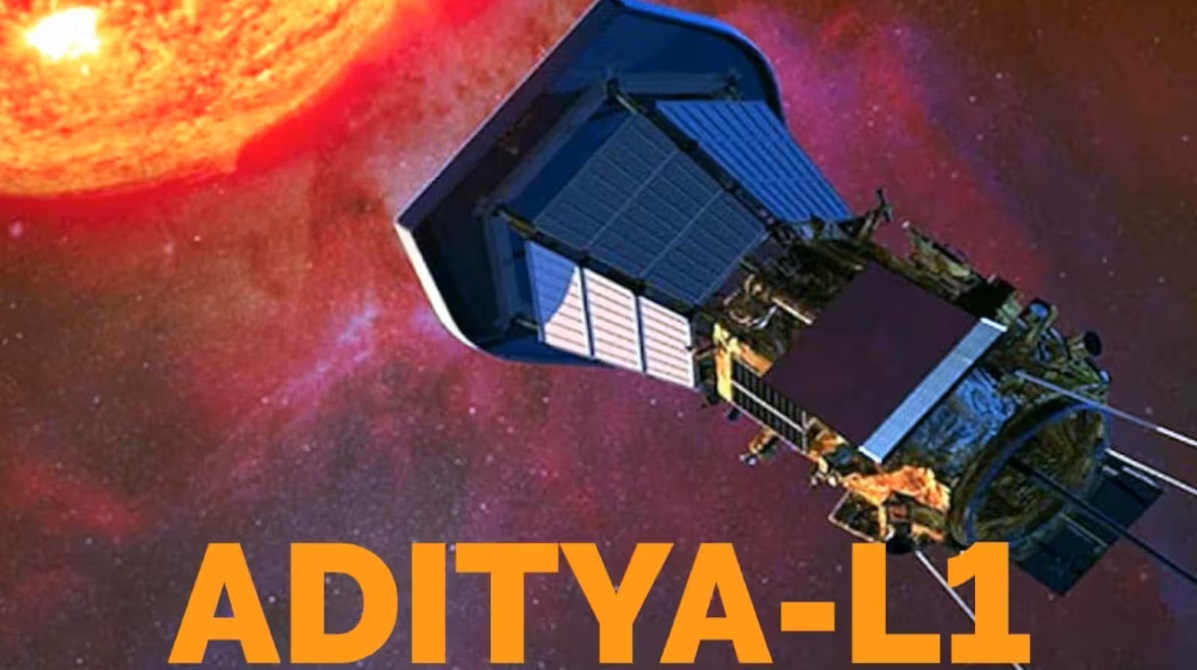
Now only a few hours are left for the launch of India's first Sun mission Aditya L1. Aditya L1 will be launched on September 2 at 11:50 am from Sriharikota. For this, all preparations have been completed by ISRO. How long did it take to build the Aditya L1? Why would the Sun be studied in space? And which parts of Aditya L1 are made in Gujarat? In this regard, the team of Gujarati Jagran had a special conversation with Nilesh M. Desai, Director of Space Application Centre, ISRO, Ahmedabad. Let's know what the ISRO director said.
"It will take about four months for the satellite to reach the Sun's L1 point"
Nilesh M. Desai, Director, SAC-ISRO Ahmedabad, said, “Aditya L1 is India's first observatory-class space beige solar mission. Earlier we launched a satellite named Bhaskar, so this time we have chosen the name Aditya. It is one of the 12 names of Surya. After the launch of Aditya L1 on September 2, it will take about four months to reach the L1 point of the Sun, i.e. 147 days. Aditya L1 carries 590 kg of propulsion fuel and 890 kg of other systems, giving a total weight of 1480 kg. In this Surya mission, cooperation of European, American, Spanish, and Australian space agencies has been taken for commands like data and telemetry.
"The VELC, the main payload of the Aditya L1, is made at SAC-ISRO, Ahmedabad."
Nilesh M. Desai further said, “Aditya L1 has been designed by the Indian Institute of Astrophysics, Bengaluru. Here at SAC-ISRO Ahmedabad, 70 percent work on the main payload VELC (Visible Emission Line Chronograph) of satellite Aditya L1 has been done and 30 percent work has been done in Bengaluru. Apart from this, all the work on the structure of the satellite has been done by ISRO and the electronics parts have been outsourced. In this way, a total of 1000 people including 70 dedicated scientists have contributed to Aditya L1.”
"Aditya L1 will study the sun cycle"
Nilesh M. Desai further added, “Satellite Aditya L1 will remain operational for five years after being placed in the halo orbit. The Sun cycle will be studied through this. The cycle of this sun cycle is 11 years. Now this sun cycle will take place between 2025 to 2028 and will be more active. Our satellite Aditya L1 will then become operational there. So we will be able to study the sun cycle properly. In addition, the temperature of the visible surface inside the Sun is about 5,500 °C. While the central part of the Sun, which is called the 'core', temperature can reach up to 15 million degrees Celsius, it will also be studied.
"Data and photos will be on Earth in 20 seconds"
Further, Nilesh M. Desai added, "Coronal heating and solar wind acceleration, coronal mass ejections (CMEs), flares and the onset of near-Earth space weather, coupling of the solar atmosphere and Will collect data to understand the dynamics and distribution and temperature solar wind anisotropy. In addition, Aditya L1 carries SUIT (Solar Ultraviolet Imaging Telescope) and after the satellite is placed in hollow orbit the shutter of VELC will be opened and imaged by the event camera Will be clicked by. In this way, the data and photos will be received on the earth in 20 seconds.
Sam Curran gets severe punishment for violating IPL code of conduct, Faf du Plessis fined Rs 12 lakh
Punjab Kings captain Sam Curran and Royal Challengers Bangalore captain Faf du Plessis have been
On the third day of the Edgbaston Test, England captain Ben Stokes had a heated argument with the
Paatal Lok is one of the most loved crime thriller web series on Amazon Prime Video. The second p
Opposition leaders have targeted the central government and the Election Commission over the Spec
The Indian Space Research Organization (ISRO) said on Thursday that the rover Pragyan moving on t
Prime Minister Narendra Modi owns movable assets worth Rs 3.02 crore. He has Rs 52,920 in cash.&n
Rajasthan Royals team will play its 13th match on Wednesday against Punjab Kings, who are out of
Kesari 2 got the support of PM Modi before its release, Akshay Kumar thanked the Prime Minister.
Akshay Kumar, R. Madhavan and Ananya Pandey starrer film 'Kesari: Chapter 2' is in the news these
Bollywood actor Saif Ali Khan was attacked with a knife during an attempted burglary at his Bandr
India's star all-rounder Hardik Pandya may be out of India's next match against New Zealand to be